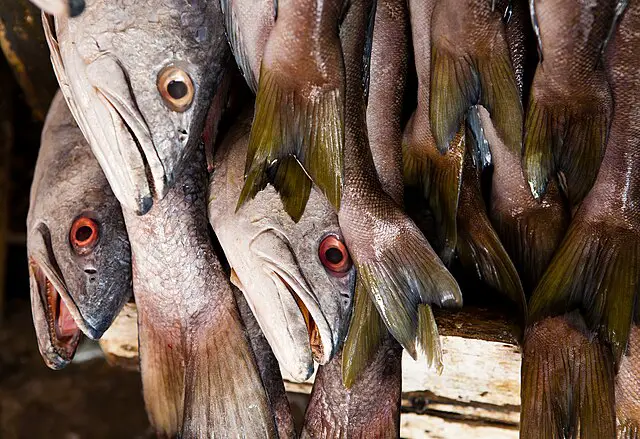The Viking Secret to Preserving Food? Pee. Lots of it!
You’re a Viking, sailing across freezing seas, raiding distant lands, and trying not to die of food poisoning. Refrigerators? Not a thing. Salt? Expensive and sometimes hard to come by. So how do you keep meat from rotting when you’re stuck on a long voyage or holed up for the winter? Urine. Yes, actual pee.
Wait, They Ate Pee-Cured Meat?!
Okay, it’s not as gross as it sounds (well… maybe a little). Viking urine wasn’t poured directly onto a roast like gravy. Instead, it was all about the ammonia. When urine sits for a while, it breaks down into ammonia, a natural antibacterial and antifungal agent. Vikings discovered that soaking or rinsing certain foods in old urine could help preserve them longer by creating a hostile environment for bacteria.
And if you’re gagging a bit, remember: they weren’t sipping it. They were surviving.
The Nose Knows: Why Ammonia Worked
Think about how cat pee smells sharp, biting, and chemically strong. That’s ammonia doing its thing. Ammonia breaks down proteins and kills off bacteria. In a world where iceboxes didn’t exist and winters were long, that was basically magic.
Meat and fish were the most common targets for this technique. After treating with ammonia-rich liquid, they might be dried, smoked, or stored in airtight containers. Combined with other methods, urine added a surprising edge to preservation.
Did They Really Eat That?
Yep. While there’s limited direct documentation (urine-preserved meat doesn’t exactly leave behind neat archaeological evidence), Viking-era sagas and indirect sources suggest this wasn’t unheard of. Plus, many cultures have done similarly eyebrow-raising things for food preservation.
And for the record, the Vikings didn’t invent this idea. Ancient civilizations from Egypt to Rome found creative uses for pee. Vikings were just particularly pragmatic about it.
Waste Not, Want Not: Viking Efficiency at Its Best
Urine wasn’t just for food. It helped with tanning leather, cleaning clothes, making gunpowder, and yep, even starting fires (we’ll give that one a break this time). They didn’t waste much, because they couldn’t afford to.
When you’re fighting the elements and fending off starvation, innovation smells a little different. And if that innovation comes from your own body? So be it.
Final Thought: Less Gross, More Genius
Modern folks might wince at the idea of pee as a pantry tool, but it’s honestly kind of brilliant. In a time when nature gave you what it gave you, Vikings made the most of it, even if it meant letting their own urine ferment to save dinner.
So next time you fire up your fridge or toss out some leftovers, give a little nod to Norse ingenuity. Because somewhere out there, a Viking ancestor preserved food with pee so you could live to judge them for it.
Sources:
1. National Museum of Denmark: Viking Tools and Technology https://en.natmus.dk/historical-knowledge/denmark/prehistoric-period-until-1050-ad/
2. Science Norway: Viking Food Preservation Techniques
3. Atlas Obscura: Historic Uses of Urine

